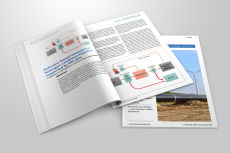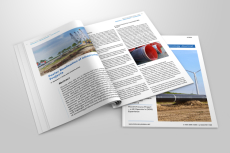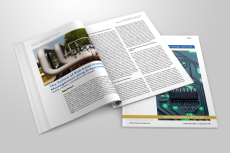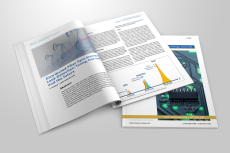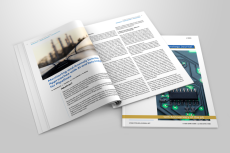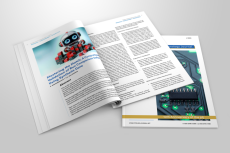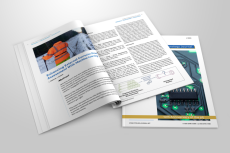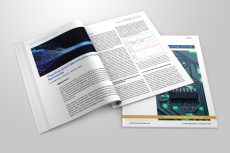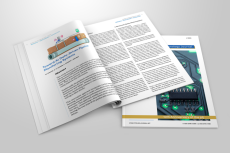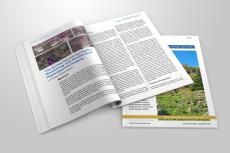Overcoming data access challenges to provide an effective leak detection system
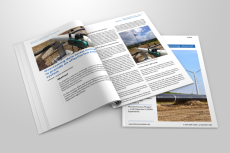
Overcoming data access challenges to provide an effective leak detection system
As pipeline industry challenges continue to grow, it’s never been more important to make maximum use of the data available for leak detection. Crucial to this is the deployment of hardware that allows pipeline operators to access more data, resulting in a more effective leak detection system. In this article, Sales and Senior Research Engineer...

